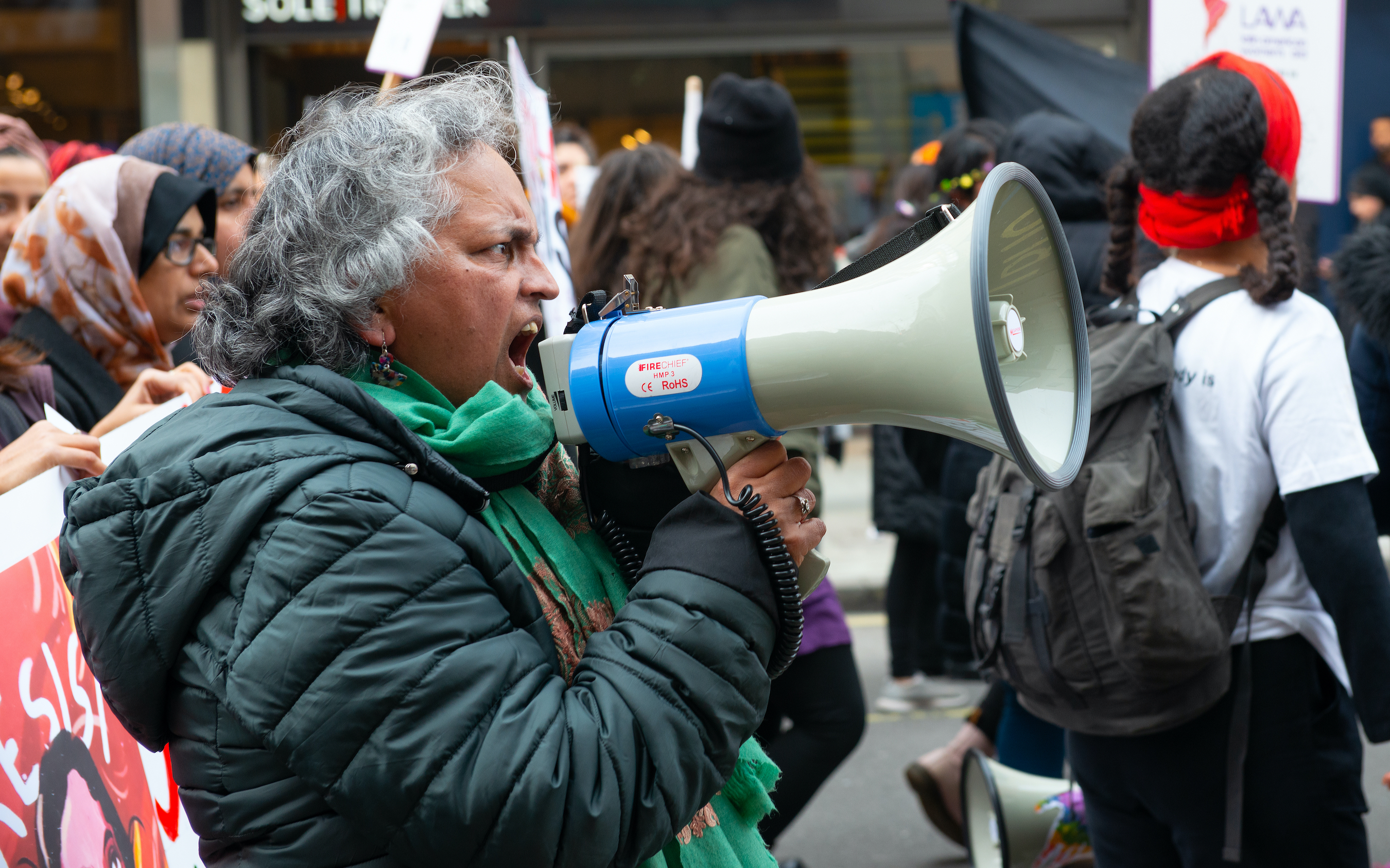The law operates a very real fiction everywhere: that the law is neutral and will apply fairly to everybody. Of course, we know that isn’t true. It certainly isn’t true in class terms but it’s also not true in relation to women. The law is male. The nature of law is that it’s been created by the powerful in society and, until comparatively recently, that did not mean women. Law in our nations has often come out of religion and the elders, priests, bishops and those who have created the laws of our church – and the basis on which societies work was created by men.
Law has been a product of a male experience of the world and as such it often fails women. I saw that when I started practising as a criminal lawyer and started putting the spotlight on how the law was actually affecting the women I represented. Women everywhere make up a very small percentage of those who come before the court. Women on the whole are less inclined to criminal activity.


